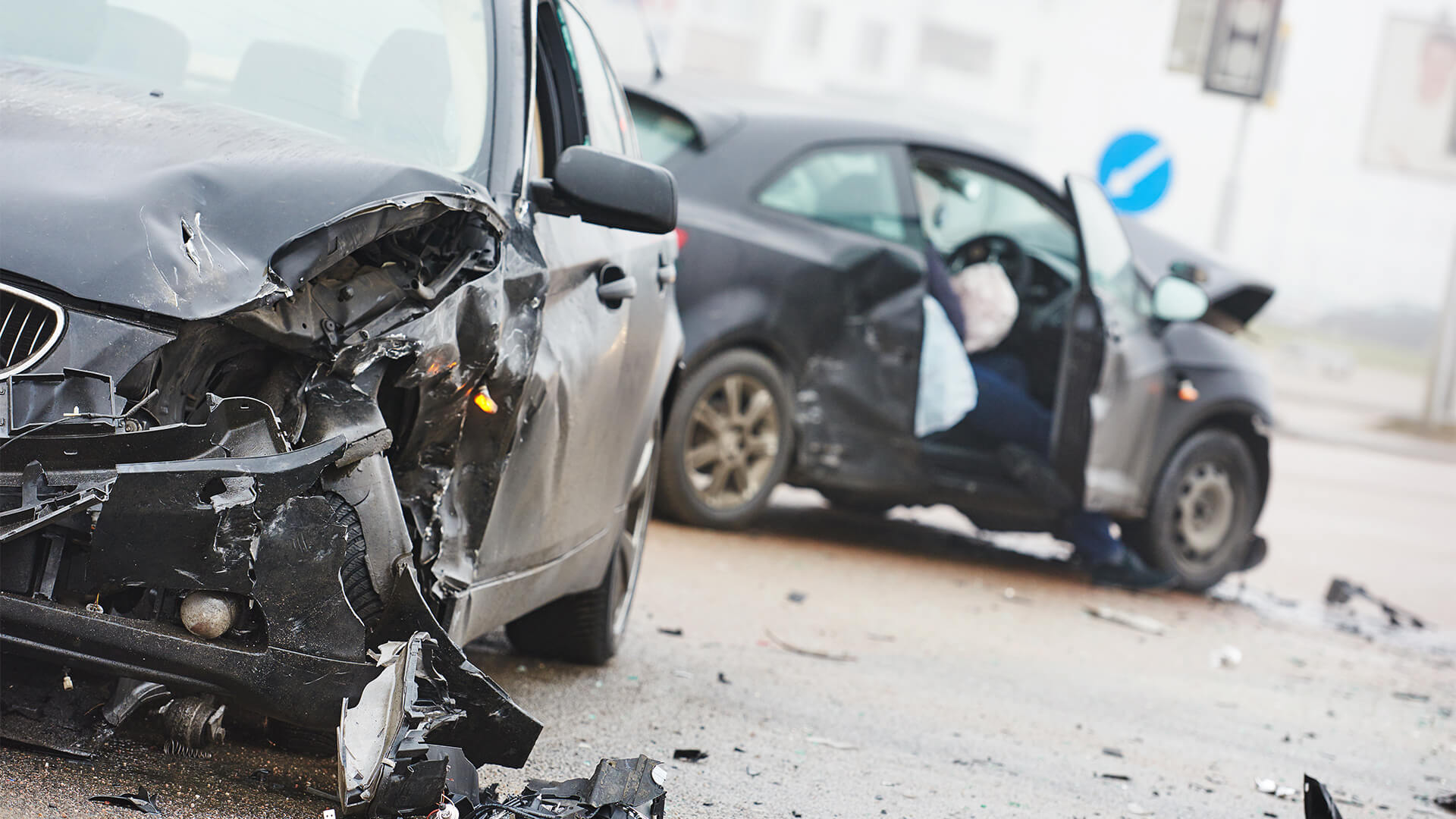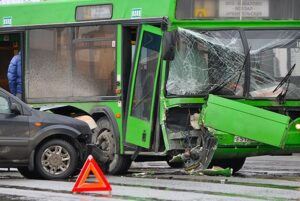
Rideshare services have undeniably transformed how people travel across California, offering convenient transportation at the tap of a button.
However, when accidents involving Uber or Lyft vehicles occur, the aftermath can be deeply confusing. Injured passengers, other drivers, and pedestrians often struggle to understand who’s responsible and where compensation will come from. The layers of insurance coverage and the unique status of rideshare drivers create complications that don’t exist in typical car accidents.
Understanding how liability works in these situations helps victims protect their rights and pursue fair compensation.
Liability in rideshare accidents depends heavily on what the driver was doing when the crash occurred. Unlike traditional car accidents where fault is usually straightforward, rideshare collisions involve multiple potential parties who might bear responsibility.
The rideshare driver can be held liable if their negligence or reckless driving caused the accident. This includes speeding, distracted driving, running red lights, or any other traffic violation. Driver fault works the same way it does in any vehicle collision.
Another motorist might be responsible if they caused the crash by violating traffic laws or driving carelessly. In these cases, that driver’s personal insurance would be the primary source of compensation, though rideshare insurance might also apply.
Uber or Lyft companies can become liable depending on whether the driver was logged into the app and actively working. The company’s insurance coverage steps in during certain phases of app use, providing much higher policy limits than most personal auto insurance.
Determining liability requires gathering specific evidence including trip data from the rideshare app, police accident reports, witness statements, and insurance information. The driver’s status in the app at the moment of impact often becomes the most critical factor in establishing which insurance policy applies.
California law recognizes three distinct coverage periods for rideshare drivers. Each period triggers different insurance coverage and liability rules.
When the driver’s app is turned off, they’re using their vehicle for personal purposes. Their personal auto insurance policy provides the only coverage. Uber and Lyft have no involvement, and their insurance doesn’t apply. Any claims must go through the driver’s personal insurer.
Once the driver logs into the app and is available to accept rides but hasn’t received a request, limited contingent coverage applies. Uber and Lyft provide backup liability coverage if the driver’s personal insurance denies the claim. This coverage typically includes $50,000 per person for bodily injury, $100,000 per accident, and $25,000 for property damage.
From the moment a driver accepts a ride request until the passenger exits the vehicle, full commercial rideshare insurance applies. Uber and Lyft both maintain $1 million liability policies that cover accidents during this period. This coverage protects passengers, other drivers, pedestrians, and anyone else injured by the rideshare vehicle.
These distinctions determine who pays for injuries and damages. Victims need to establish which period was active when the crash occurred, often by requesting trip data directly from Uber or Lyft.
Uber and Lyft classify their drivers as independent contractors rather than employees. This classification creates a legal barrier that prevents most direct lawsuits against the companies themselves. The companies argue they simply provide a technology platform connecting drivers with passengers, not a traditional transportation service.
Because of this independent contractor relationship, victims typically cannot sue Uber or Lyft directly for driver negligence. Instead, they file insurance claims through the company’s commercial policy. These claims are handled by insurance adjusters working for the carrier that issued the $1 million policy.
However, limited exceptions allow direct lawsuits against the companies:
These exceptions rarely apply, and proving them requires substantial evidence of corporate wrongdoing. Most rideshare accident claims resolve through insurance without directly suing the company.
Passengers in Uber or Lyft vehicles have strong legal protections. As a paying customer, you didn’t contribute to causing the accident, which means you can pursue compensation regardless of which driver was at fault.
Your compensation options depend on who caused the crash. If your rideshare driver was at fault, you file a claim under Uber or Lyft’s $1 million liability policy. This policy covers all passengers injured during active trips from pickup through dropoff.
If another driver caused the accident, you can file a claim against that driver’s insurance while also having the rideshare company’s policy as backup coverage. This dual protection ensures passengers have access to compensation even if the at-fault driver has minimal insurance.
Additional coverage sources include:
Document everything immediately after the crash. Take photos of injuries, save your trip receipt from the app, collect driver and witness information, and seek medical care right away. This documentation strengthens your claim and proves the connection between the rideshare trip and your injuries.
Third-party victims (other drivers, cyclists, pedestrians, or passengers in other vehicles) can file claims after being struck by rideshare vehicles. Your ability to recover compensation depends on the rideshare driver’s app status at the time of the collision.
If the driver had a passenger in the vehicle or was en route to pick someone up, Uber or Lyft’s $1 million liability policy covers your damages. This provides substantial compensation for serious injuries and gives you access to a large commercial insurance policy rather than just the driver’s personal coverage.
If the driver was simply logged into the app waiting for requests, the contingent liability coverage applies. This provides less coverage and might not fully compensate serious injuries. The rideshare company’s policy only pays if the driver’s personal insurance denies the claim.
If the driver’s app was off entirely, you must pursue compensation through their personal auto insurance. Uber and Lyft have no liability in this scenario. The driver was using their vehicle for personal purposes unrelated to rideshare work.
For example, if a rideshare driver runs a red light while heading to pick up a passenger and strikes your car, Uber or Lyft’s million-dollar policy applies. If that same driver runs a red light while off-duty taking their kids to school, only their personal insurance responds to your claim.
Rideshare drivers injured while working face unique challenges. The independent contractor classification means you don’t have access to workers’ compensation benefits that traditional employees receive.
Your compensation options depend on who caused the accident and your app status. If another driver was at fault, you file a claim against their liability insurance just like any other accident victim. You can recover for medical bills, lost income, property damage, and pain and suffering.
If you caused the accident or share fault, your options become more limited. Uber and Lyft provide contingent comprehensive and collision coverage during certain periods, but this coverage has deductibles and limits. Your personal auto insurance might exclude coverage if you were using the vehicle for commercial purposes.
Some protection available to rideshare drivers includes:
Review your insurance policies carefully to understand what coverage applies while driving for rideshare services. Many personal auto policies exclude commercial use, which can leave gaps in protection if you’re injured while working.
California follows a pure comparative negligence rule in all vehicle accidents, including those involving rideshare vehicles. This legal principle allows multiple parties to share responsibility for a crash, with each paying damages proportional to their degree of fault.
Comparative negligence applies when more than one party contributed to causing the accident. For instance, if another driver ran a red light while your rideshare driver was speeding and distracted, both might share fault. A jury or insurance adjuster determines each party’s fault percentage based on evidence.
The practical effect is that your compensation gets reduced by your own percentage of fault. If your total damages equal $100,000 and you were found 20% at fault, you receive $80,000. Importantly, you can still recover compensation even if you were partially responsible, as long as you weren’t 100% at fault.
In rideshare accidents, fault might be distributed among the rideshare driver, other motorists, and potentially vehicle manufacturers if a defect contributed. Each responsible party pays according to their share. This system allows victims to collect from multiple sources when several parties contributed to the crash.
California’s statute of limitations gives you two years from the accident date to file a personal injury lawsuit. For property damage claims, you also have two years. These deadlines apply to rideshare accidents just as they do to traditional vehicle collisions.
While two years might seem like plenty of time, rideshare claims often take longer to resolve than typical car accident cases. Corporate insurance reviews involve additional layers of investigation. Obtaining trip data from Uber or Lyft requires formal requests and sometimes legal action. The companies don’t always provide information quickly.
Starting your claim early protects your rights and preserves critical evidence. Trip records, app data, and surveillance footage can disappear if not secured promptly. Witnesses’ memories fade over time, making their testimony less reliable. Medical documentation linking injuries to the accident is strongest when treatment begins immediately.
Don’t wait until you’ve fully recovered to start the claims process. You can begin while still receiving treatment. An attorney can handle the legal work while you focus on healing.
Thompson Law has extensive experience helping Glendale rideshare accident victims navigate these complex claims. We investigate which insurance policies apply based on the driver’s app status at the time of the crash. We obtain trip data and other evidence that rideshare companies don’t voluntarily provide. We handle all communication with insurance adjusters while you focus on getting better.
Whether you were a passenger, another driver, a pedestrian, or a rideshare driver yourself, you deserve fair compensation for your injuries and losses. The right attorney makes the difference between a quick lowball settlement offer and full compensation that covers all your damages.
Contact Thompson Law today for a FREE CONSULTATION about your Uber or Lyft accident in Glendale.






Thompson Law charges NO FEE unless we obtain a settlement for your case. We’ve put over $1.9 billion in cash settlements in our clients’ pockets. Contact us today for a free, no-obligation consultation to discuss your accident, get your questions answered, and understand your legal options.
State law limits the time you have to file a claim after an injury accident, so call today.